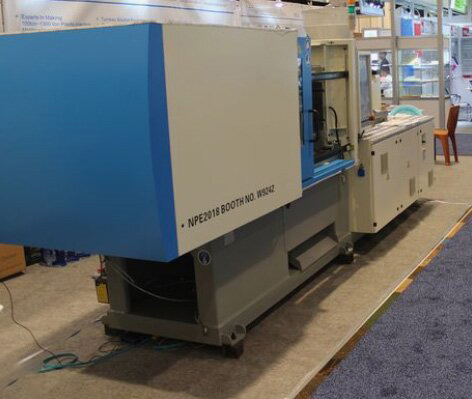Analysis of High-Temperature Material Applications in Injection Molding Machines for Printing Equipment Manufacturing

With the continuous development of technology, the printing equipment manufacturing industry has increasingly high demands for materials. In this process, injection molding machines, as important production equipment, have seen a growing range of applications for high-temperature materials. Let’s delve into the analysis of the applications of high-temperature materials in injection molding machines for printing equipment manufacturing and how these materials enhance the performance and efficiency of printing equipment.

Firstly, it’s important to understand what an injection molding machine is. An injection molding machine is a device used to manufacture plastic products by injecting molten plastic into molds and then extracting the finished product after cooling and solidification. This equipment finds extensive applications in the manufacturing of plastic gears, bearings, pulleys, and other components for printing equipment.
However, due to the typically high temperatures in the working environment of printing equipment, higher material requirements are necessary. This calls for the use of high-temperature materials. High-temperature materials are capable of maintaining good performance in high-temperature environments and include high-temperature plastics, high-temperature metals, and more.
In the application of injection molding machines, high-temperature plastics are the most commonly used materials. High-temperature plastics exhibit excellent heat resistance, wear resistance, and chemical stability, enabling them to maintain their physical and chemical properties in high-temperature environments. This makes high-temperature plastics an ideal material for manufacturing parts in printing equipment.
For example, polyimide (PI) is a commonly used high-temperature plastic with a long-term operating temperature of up to 250°C and a short-term operating temperature of up to 300°C. This widespread application of PI in the manufacturing of high-temperature components for printing equipment is due to its properties. Additionally, PI possesses good electrical insulation and flame retardancy, making it widely used in the manufacture of electrical equipment.
In addition to high-temperature plastics, high-temperature metals are also important materials in injection molding machines for printing equipment manufacturing. High-temperature metals such as nickel-based alloys and titanium alloys have extremely high melting points and excellent oxidation resistance, allowing them to remain stable in high-temperature environments. This makes them crucial for manufacturing high-temperature components in printing equipment.
For instance, nickel-based alloys have significant applications in the manufacturing of thermal print heads for printing equipment. Thermal print heads are critical components in printing equipment that need to quickly reach high temperatures and then cool rapidly to achieve fast printing. The high melting point and good thermal conductivity of nickel-based alloys make them ideal materials for manufacturing thermal print heads.
In conclusion, the application of high-temperature materials in injection molding machines for printing equipment manufacturing is diverse, including high-temperature plastics and high-temperature metals. The use of these materials not only enhances the performance and efficiency of printing equipment but also provides more possibilities for the design and manufacturing of printing equipment.
In the future, with technological advancements, we anticipate the utilization of even more high-temperature materials in the production of injection molding machines to meet the increasing material performance requirements of the printing equipment manufacturing industry.


